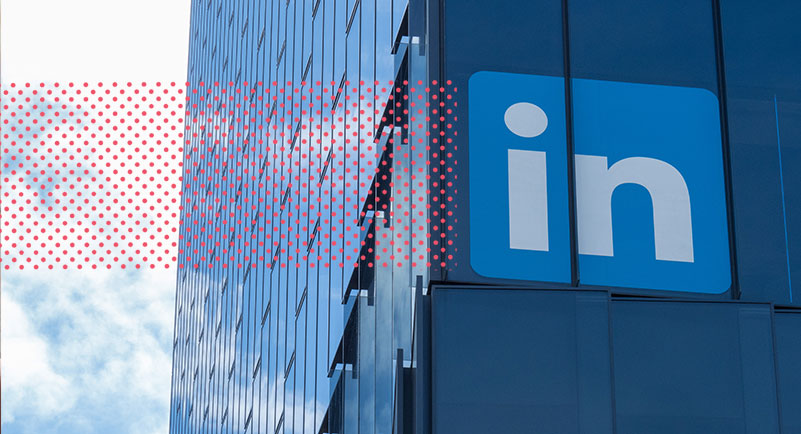Without a content distribution strategy, even the most innovative, compelling and creative content may never be found. It’s deflating!
But don’t worry, an effective content distribution strategy will not only place your content in front of your targeted meeting and event planner audience, but it will also help your DMO build awareness, improve trust and retention, and drive the desired action through both increased opportunities to click and compelling thought leadership.
Other relevant reads to bookmark for later:
Here Are Some Strategies Your DMO Can Implement
1) Add Paid Distribution to Your Strategy.
Paid distribution is vital when you need a reliable traffic source for your content. Make this a key part of a social distribution strategy when:
- You want to drive website traffic and engage your audience with your meetings-related web content
- You’re launching a meetings campaign and want to boost awareness of your destination or get leads
- You want to maximize top-performing or industry-related content by giving it a strategically targeted boost
- You’re hosting, sponsoring or attending an event, webinar or the like, and would like to increase leads through sign-ups
2) Identify Your Distribution Goals/KPIs.
Based on your DMO’s overall business goals, identify the goals your content must achieve. If your goal is to develop a relationship with your audience and improve trust and retention, consider tracking social engagement as well as engagement with the website content itself. If your goal is to build brand awareness, track social exposure as well as engagement as a gauge for the effectiveness of your brand’s awareness.
3) Align Social Channels with Content Goals.
Not all social channels are created equally. Consider the goals you want your content to achieve and choose the appropriate social channels based on those objectives. Let’s look at Facebook, LinkedIn and Twitter:
Facebook allows you to focus on driving awareness, affinity and consideration. This platform allows you to optimize paid distribution postings for awareness, engagement or landing page views providing you the opportunity to customize per post based on the content.
LinkedIn assists with building thought-leadership, awareness and consideration. The platform offers specific targeting to accounts and contact lists, as well as in-depth layer targeting to job titles, functions and industries, giving your DMO hyper-targeted customization capabilities.
Though Twitter drives metrics relevant to other goals, it is ideal for driving engagement and ultimately building an audience. This is done through social listening, joining and participating in relevant planner/partner conversations, and providing a live look into events and trade shows your destination hosts.
4) Create Best Practices for YOUR DMO’s Social Content.
While there is no best-practice formula for content distribution across the board, there is a ‘best’ formula for your DMO’s unique brand, destination appeal and product offerings.
Based on your individual content, target audience and goals, analyze your content’s social performance to optimize high-performing old content, or use it as a baseline for creating more relevant content that provides value and meaning to your audience.
Don’t stand for your content to be lost or never seen! Implement these small strategies to help maximize and provide a solid ROI for your efforts.





